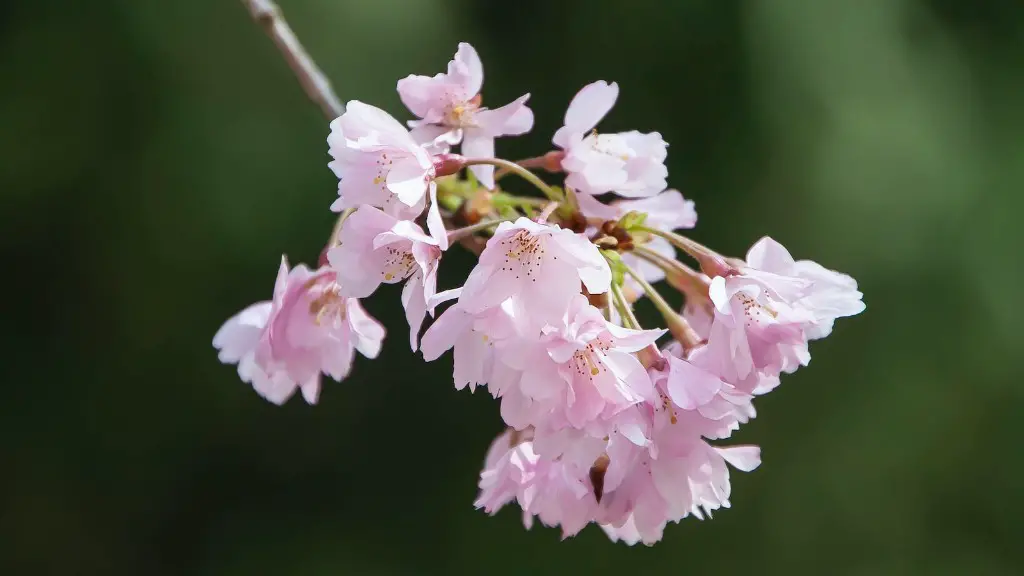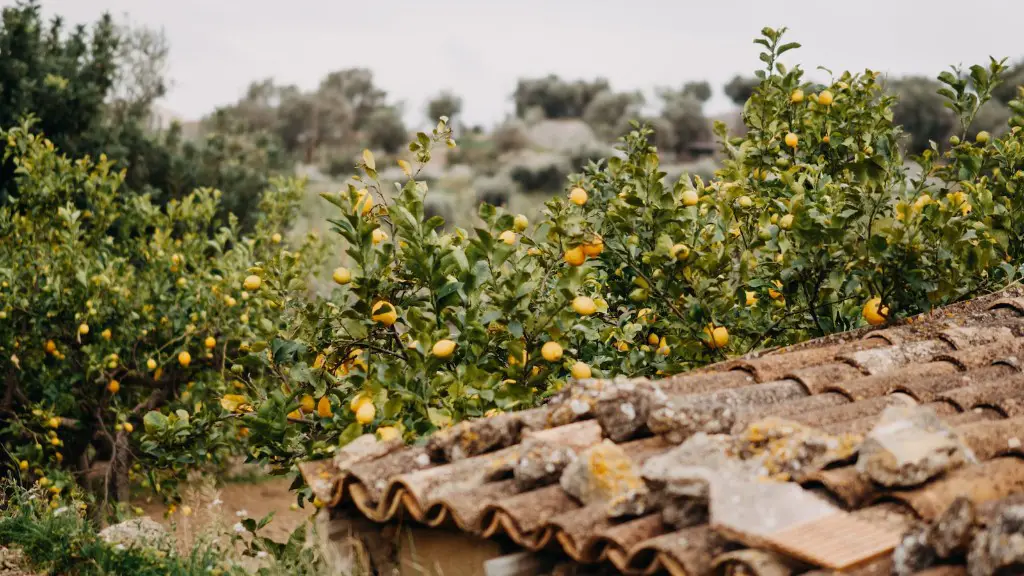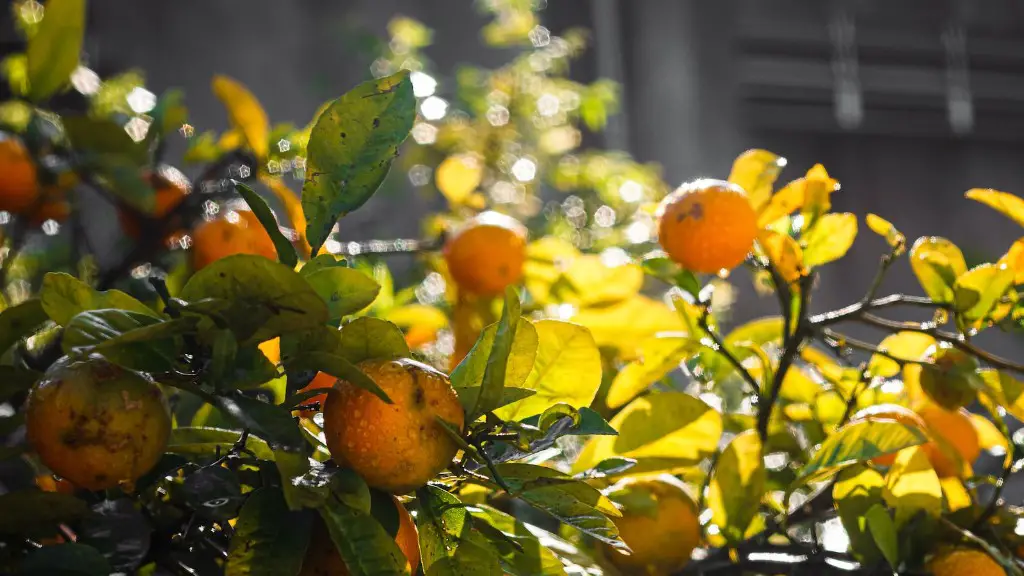Overview
Cherry trees are members of the Prunus category (lourier and stone fruits) that are now widely cultivated in temperate climates across the world. They are both ornamental, due to their lovely blossoms, and useful as they yield delicious fruit. Cherry tree shaping is an art and science that requires knowledge, keen discernment and plenty of patience in order to achieve a character and shape that both pleases your eye and helps the tree to produce fruit.
Choosing a Variety
The type of cherry tree you should choose for shaping will to a large extent determine the style you can use. Some cherry trees produce larger, heartier fruits than others, often anchoring a greater part of foliage so that the underlying structure is noticeable. Others may have a low growth habit that allows you to easily shape the tree’s crown.
Various types of cherries have different blooming times. During the winter, when it is a lot simpler to work on shaping, you should choose a cultivar that blossoms later in the season. This enables you to select cherry branches that are in your way, thus resulting in a better-shaped tree.
Minimize Pruning
Cherry trees do not need a lot of pruning to produce satisfactory fruit. While it is possible to prune them after every fourth or fifth year, planting and helpful pruning of young cherry trees can offer you the preferred shape without too much advanced work.
Cherry trees typically have curved branches that can eventually alter the overall look of the tree. While it is not recommended to prune the curved branches, you can prune backside layers of the tree in order to create space and let the tree sort itself out.
Select Pruning Method
The most widely used pruning method for shaping cherry trees is the modified central leader technique. The central leader is a single stem that thrusts upright from the base and is usually kept as the primary trunk of the tree. In this technique, you shape the tree by removing outward shoots to allow for the development of lateral branches and alternate leaders.
Alternatively, if the tree has many lateral branches, you can opt for the open center’s pruning method. It involves removing multiple central stems in an attempt to achieve a balance branched open crown. Additionally, it helps to reduce sunlight penetration and disease by pruning off inner branches.
Pinching and Topping
Pinching involves toning down growing tips on two-year-old wood after it has come back with fruit. This practice can assist your tree in maintaining its size and shape, as well as minimizing the amount of pruning it may require later on.
Topping is a more extreme method of pruning where central leader is cut short to several side branches. It is recommended to be used sparingly and mainly only in cases when the desired central leader is not developing or when you need to reduce the size of trees with a multiple leader structure.
Consider Training
To build a healthy and strong cherry tree, careful training is important from the time when the tree is young. Unusual pruning is best avoided, as the consequences may be long-term and the tree structure may get damaged.
Cherry trees have a tendency to have multiple branches meeting at one spot, forming weak unions. It is important to prune these branches early to avoid structural damage.
Control Height
Due to their fast growth, cherry trees can easily become unmanageable in terms of size and shape. As they require a great deal of sunlight in order to produce fruits, it is vital that the size of the cherries can be controlled.
To control the height of the cherry tree, you should cut the dominant main stem of the tree with a pruning saw. This will keep their height manageable, encourage the rest of the branches, and enable the tree to retain its shape.
When to Prune
Cherry trees should be pruned when the tree is dormant and can be done anytime from late November through early April. Prune your cherry trees after they have ceased producing fruit as pruning too early can lead to greater development of vegetative growth and reduced fruit production.
The most effective time to trim lower branches is in the early spring season as cherry trees tend to bleed sap when pruned in late winter. Additionally, always make sure that you are using the right pair of pruning shears or a saw for the job to guarantee a precise cut and even shape.
Thinning Out
When pruning cherry trees, it is important to thin out the crown part of the cherry tree as this will help to create space for air and sunlight to get through and encourage even growth. When thinning out, always keep in mind that you should commence from the interior and move towards the exterior.
To thin out, you would have to cut backflies, remove broken branches, and eliminate huge branches that develop in the middle of the tree and are not tightly attached to the tree trunk. Thinning will help to reduce the likelihood of breakage, particularly in windy climates.
Summary and Wrap-up
Cherry trees make a lovely addition to any garden, and with thoughtful shaping you can create a charming tree with even more impactful blooms and tasty fruit. Pruning and trimming should be done when the tree is in a dormant stage, and it is important to choose a variety of tree fit for your needs and location.
It is to be remembered that pruning cherry trees requires patience and skill, as it is important to obtain a balance between controlling the tree’s size and shape and discouraging overgrowth at the same time. This can be achieved by selectively removing a mixture of designated shoots in order for the tree to maintain an even shape and still produce a lot of fruit.


